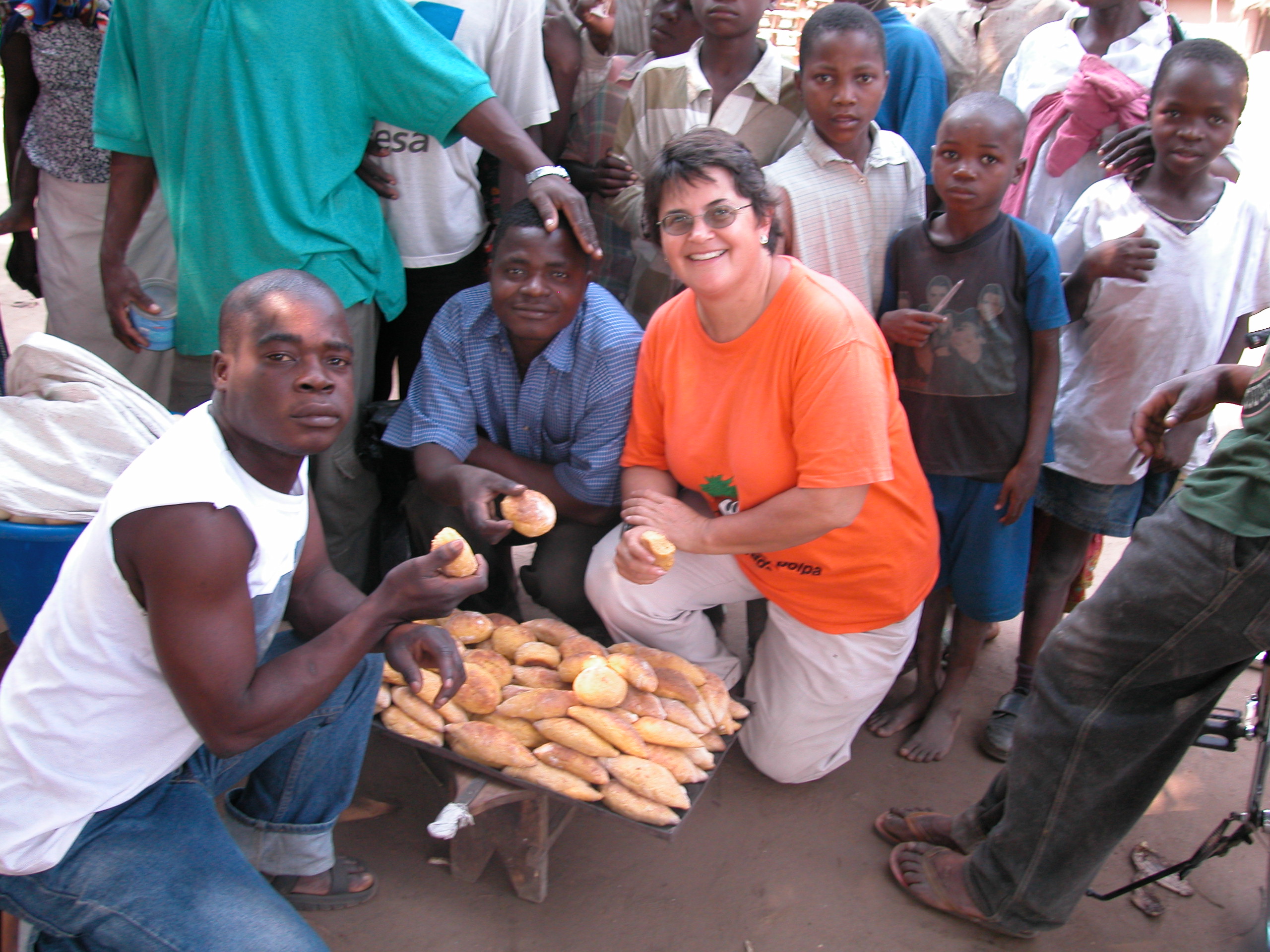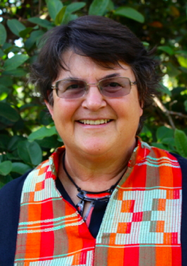Farming First is pleased to act as media partner for the Louis Malassis International Scientific Prize and the inaugural Olam Prize for Innovation in Food Security. Our new blog series will showcase stories from scientists nominated for these prestigious prizes.
The ninth blog in this series outlines the work of Dr Jan W. Low, nominated for the Louis Malassis International Scientific Prize for Distinguished Scientist.
Young children in sub-Saharan Africa are particularly vulnerable when households are food insecure – lack of sufficient energy, vitamins and minerals for good growth negatively affect their future as productive adults. Vitamin A is a key micronutrient for a strong immune system. Vitamin A deficiency (VAD) is caused by not eating enough vitamin A rich foods and loss of vitamin A due to illness. In the 1990s, the scientific community focused on the use of vitamin A supplements because the evidence that food-based approaches could reduce VAD was weak.
In recent years, orange-fleshed sweetpotato (OFSP) has been recognized as rich in pro-vitamin A and is an energy source – it is a naturally biofortified crop, that is a staple crop rich in major micronutrients. However, in sub-Saharan Africa, most varieties are white-fleshed, lacking any pro-vitamin A. The work of Dr. Jan Low, nominee for the Louis Malassis International Scientific Prize for Distinguished Scientist, has sought to demonstrate that a food-based approach, using orange-fleshed sweetpotato as a key entry point, could help reduce VAD among young children and improve household food security.
“As a Peace Corps volunteer working on fish ponds in Zaire, I witnessed how fish not only improved incomes but also the diets of rural households,” comments Dr. Low. “That led me to minor in nutrition while pursuing my doctorate in agricultural economics. It seems a no-brainer that a diverse diet is the secret to good nutrition, but actually getting sectors such as agriculture and health to work together is easier in theory than in practice.”
“I was motivated to embark on this journey with orange-fleshed sweetpotato in 1995 when I realized that children loved eating the new crops we were testing with farmers. The challenge was to gather convincing evidence for investing in a crop whose potential was unrecognized in sub-Saharan Africa.”
It took Dr. Low over three years to get funding for the initial research she led in Mozambique. “Neither the agriculture sector nor the health sector felt comfortable funding the other” she explains.
The research from this initial study demonstrated how combining the introduction of pro-vitamin A rich orange-fleshed sweetpotato with community level nutrition education could make a big difference in vitamin A intakes and contributed to a decline in vitamin A deficiency among young children. It was the first study of its kind at the community level for a biofortified crop. Results are now being analyzed linking OFSP access to health services for pregnant women.
Having shown that orange-fleshed sweetpotato could make a difference, what were the barriers preventing its full-exploitation?
“Identifying and addressing the barriers required consultation and partnership with a broad range of stakeholders,” says Dr. Low. “ A major advocacy effort was required to stimulate investment in this resilient crop principally grown by poor women. The result was investment in breeding in Africa for Africa, to incorporate pro-vitamin A into varieties liked by African consumers. Further research demonstrated that boiled and mashed sweetpotato can make economically viable bakery products. This means consumers can diversify how they eat sweetpotato.”

Working with local baker to develop golden bread in Lualua, Mozambique (Photo credit: Felipe Zano)
Dr. Low also led the creation and implementation of the Sweetpotato for Profit and Health Initiative (SPHI), in order to build a “community of practice”. Launched by the International Potato Center (CIP) in collaboration with 26 partners, it seeks to improve the lives of 10 million African households 17 SSA countries by 2020 through the diversified use of improved sweetpotato varieties. Dr. Low led the expansion of CIP’s physical presence from two to ten SSA countries. As of December 2014, over 960,000 beneficiary households have been reached. Farmers receiving quality planting material of improved varieties can improve see yields improve 50 to 300%.
Sweetpotato breeders meet annually, and have released 46 new varieties since 2009, available in a catalogue on the Sweetpotato Knowledge Portal. Collaborating with in-country training institutions, a ten day Everything you ever wanted to know about sweetpotato training of trainers course was conducted for 3 years in Mozambique, Tanzania, and Nigeria.
“Under the SPHI, we seek to change the image of sweetpotato as a crop of poor women to a healthy food for all,” says Dr. Low. In seven SSA countries, OFSP has been integrated into food security and nutrition policies and programs.
“Using food just to keep people alive simply is just not good enough,” says Dr. Low. “The quality of what we eat should be of equal importance. Easy to grow, water efficient, vitamin A rich, orange-fleshed sweetpotato emerged as a perfect entry point for demonstrating what could be achieved by empowering caregivers with greater nutritional knowledge along with access to the improved varieties. I have enjoyed guiding a passionate team in this effort.”
The winners of the Louis Malassis International Scientific Prize and Olam Prize for Innovation in Food Security, will be announced at the Third Global Science Conference on Climate Smart Agriculture on 16th March, 2015.




